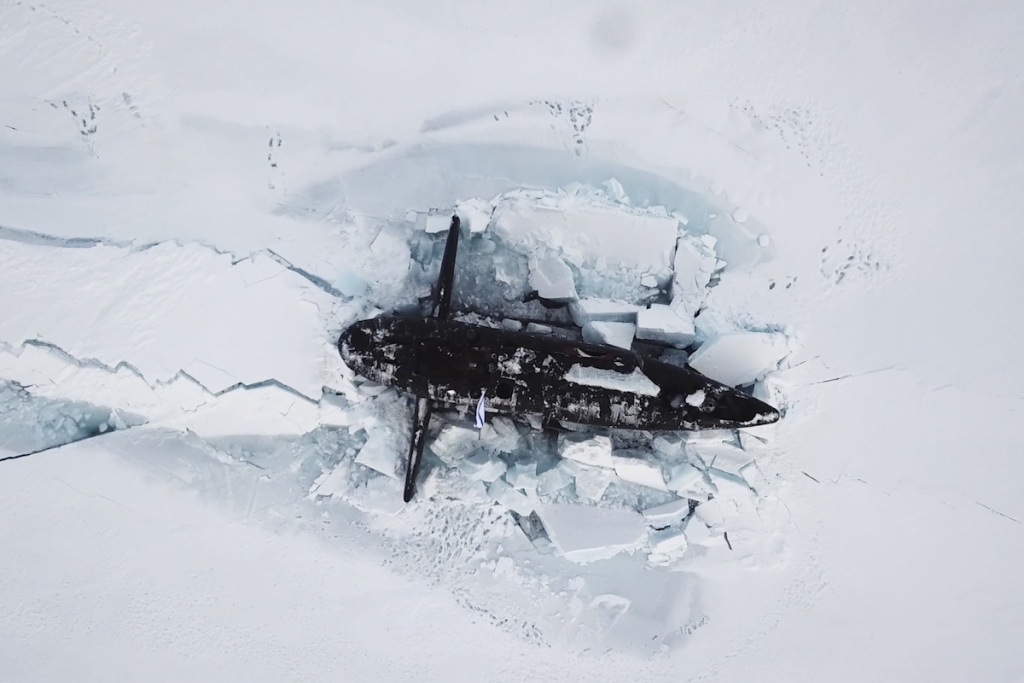Sudden Increase of Russian Activity in the Arctic
In the recent decade the Russian Federation has enhanced its presence in its far northern regions, setting up a number of bases in and on the edge of the Arctic. Climate changes and global warming has caused the melting of ice in the region, which enables the possibility to use previously inaccessible maritime passages. The Russian build-up in the Arctic is still increasing in numbers and capability, as new military bases are being set up.
The actions of the Russian Federation in the region recently become even more prominent. On the 26 March, the Commander-in-Chief of the Russian Navy, Admiral Nikolai Evmenov, reported on the ongoing “Umka-21” expedition to the Supreme Commander-in-Chief of the Armed Forces, Vladimir Putin. As Evmenov stated, the following tasks have been concluded:
- The surfacing, from under the ice, of three nuclear submarines in a precise area with a radius of 300 meters
- Flight to the polar region with air-to-air refueling (AAR) of a pair of MiG-31 fighters with the passage of the geographic point of the North Pole
- Torpedo firing by a nuclear submarine under the ice
- actical exercise with a unit of the Arctic motorized rifle brigade in adverse weather conditions.
But besides the “Umka-21” exercise the Russian Federation also enhanced its bases and other weapons systems (such as the anti-ship missiles Onyx placed in the region) in the region. This effort is to deter potential opponents that might threaten this zone of influence. The surge of the Russian military into the Arctic is significant and it has not gone unnoticed, especially as Kotelny Island and Alexandra Land have become hubs for new units. Admiral Nikolai Evmenov summarised the future Russian plans in the region:
“[…] the Arctic expeditions of the Navy will continue in the future. In this case, the main condition for each subsequent expedition will be the development of new, previously unexplored areas.”

